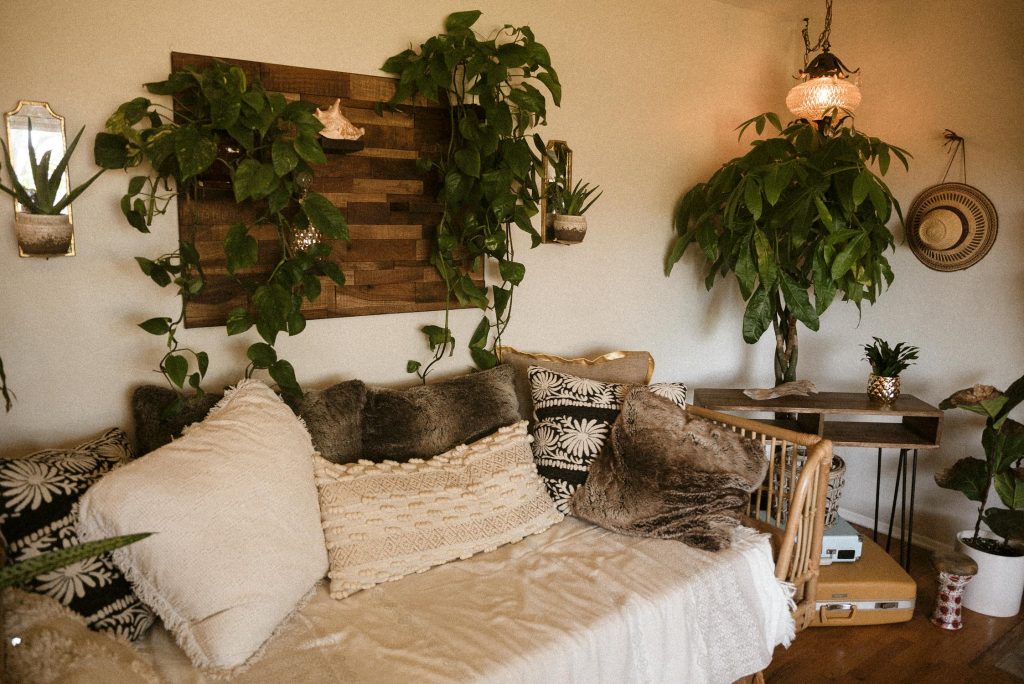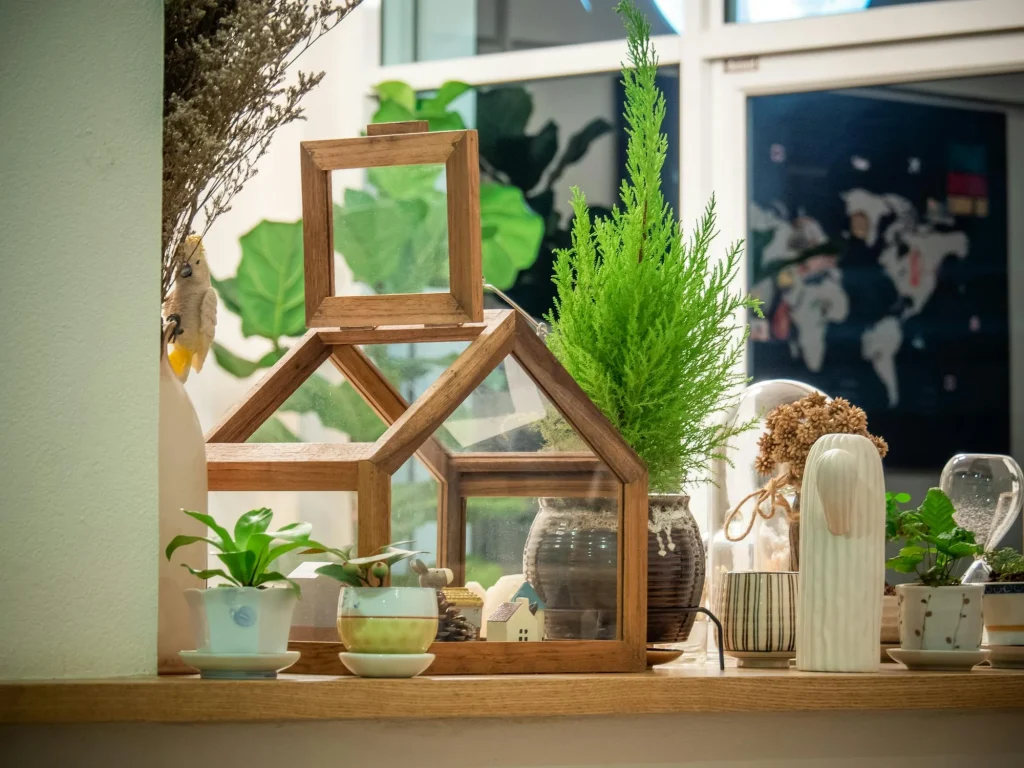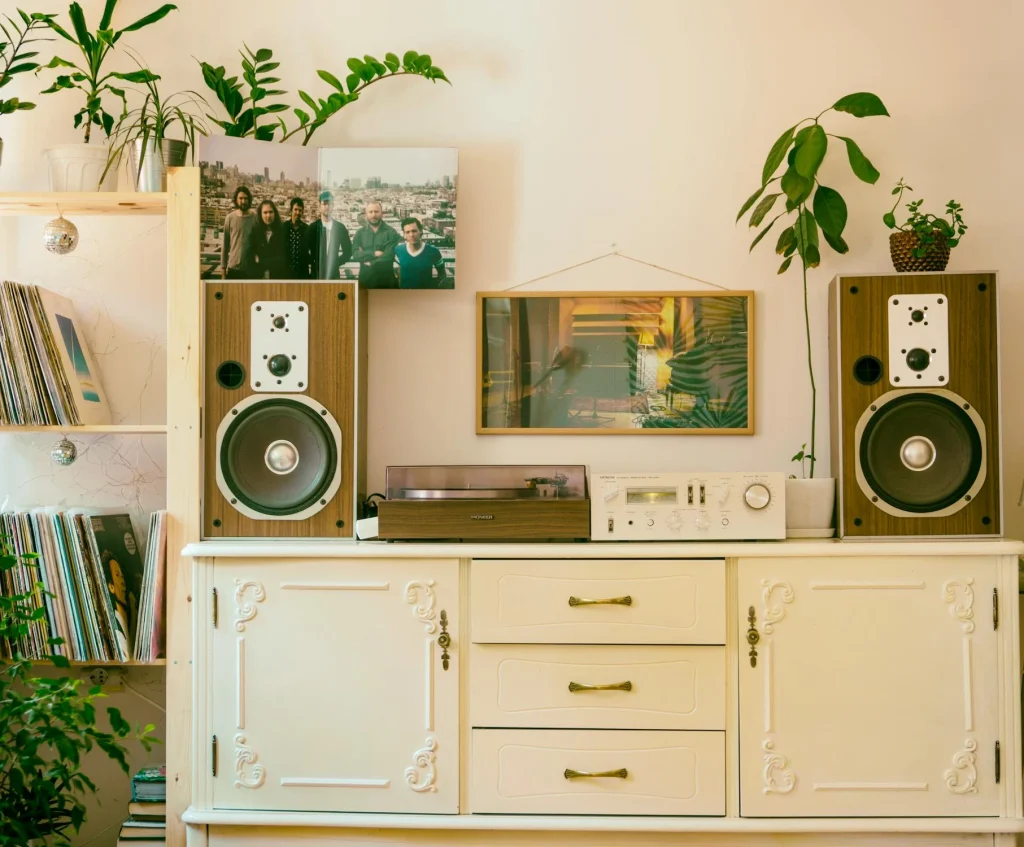It is simple for us to become disengaged from nature as the world becomes more urbanized and cluttered. A recent trend in interior design is biophilic design, which incorporates calming natural elements into living areas. Being greeted by plants and natural light when you return home from a long day not only makes you feel better physically but also calms and cheers you up. Living in a more nourishing and healthful environment that ties us to our roots and enhances our general well-being is the goal of biophilic design.

Table of Contents
What Exactly is Biophilic Design?
“Biophilia” literally means “love of life/living things.” It stems from the idea that people are inherently drawn to nature and all of its creatures. In fact, the researchers think that our biophilic tendencies are the reason why we are a species that is doing so well. Because they are biophilic, humans have been able to locate the most fertile places to live, grow, and raise new life. As a result, it only makes sense that we continue to add biophilic elements to the places where we live.
Aesthetics is only one aspect of biophilic design. The advantages of living in an area with biophilic design features have been thoroughly studied and demonstrated. These are a few of them.
Better Mental Health
It is well known that spending time in nature can elevate one’s mood and lessen negative thoughts. These advantages for mental health can be experienced indoors when natural elements are incorporated into our living areas.
Better Physical Health
Air quality can be naturally improved and purified by plants. They actively lower dangerous air pollutants and raise indoor humidity levels. Therefore, it is better for your lungs and general physical health to add more greenery and natural elements to your home.

Less Stress
The relaxing effects of a biophilic design can be very helpful for people who work from home or who are in high-stress situations at home. The water features and textures inspired by nature have the ability to lower elevated cortisol levels brought on by stress. Anyone who does this feels more at ease and in control.
Main Elements in Biophilic Design
A cluttered mind that is constantly searching for new distractions is the cause of inefficiency or a propensity to put things off. An environment that is more conducive to concentration is produced by a biophilic design, which produces a natural zen state that drowns out many artificially produced external distractions. Because biophilic design not only promotes increased productivity but also improves employee satisfaction after completing tasks, many offices are beginning to adopt it.
Biophilic design is a very accessible and adaptable concept. When it comes to it, there are no hard and fast rules. It all comes down to incorporating as much of nature as possible into the interior space without upsetting the harmony and coherence of the existing layout. Any building can benefit from at least some of the biophilic design components, regardless of its size or type.
Depending on the space or room, there are various ways to implement the biophilic design concept. The majority of people spend a lot of time in the living room. A living room with multiple pots of indoor plants can have a significant impact. Regarding the bedroom, purchasing organic and natural bedding composed of materials like linen or cotton can have an impact.
Natural Light
Letting as much natural light into a space as possible is the first step in opening it up to nature. Large windows, skylights, sheer curtains that let in natural light during the day, and open interior designs in general can all help achieve this. This helps the body and brain become more in tune with nature, particularly when it comes to controlling the body’s circadian rhythm. Getting enough natural light and getting enough sleep can help heal a lot of physical ailments and discomforts.
Indoor Plants
Green is a color that human eyes adore. It transports us to a simpler era in the wilderness, before the invention of email and when life was much simpler! A lot of greenery instantly improves the room’s appearance and gives it a cozier feel. In particular, when designing the living space, it is beneficial to get low-maintenance indoor plants. The ideal indoor plants for your areas are Another idea is the “living wall,” which is essentially a vertical garden. Your home will feel more positively alive if you can install a living wall.

Natural Materials and Textures
Biophilic design incorporates natural textures such as bamboo/cork, stone, and wood. Wooden or similar natural-material furniture blends in well with other natural elements and gives the space warmth and texture. If the walls are made of concrete, you can add texture by leaving some of it exposed. Small, organic additions like bowls or cutlery with stone accents could have a significant impact.
Water
Water-themed decorative elements can calm and significantly enhance a space’s natural ambiance. Small fountains placed strategically or even a well-ventilated miniature aquarium with a few fish and freshwater plants can be examples of interior water features.
There is more to biophilic design principles than just combining various design concepts. It is a novel idea that was inspired by people’s natural desire to be near nature. It has the ability to introduce nature into environments that are typically sterile and free of biological influences. In a time when technology dominates buildings and spaces more than plants, it is crucial to integrate natural elements to create a connection between our living areas and the natural world. Our physical and mental well-being can be greatly enhanced by these small design decisions.